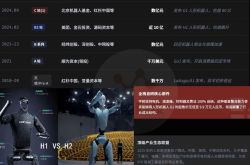Taobao AI is Here: How Can Merchants Save Themselves?
![]() 09/28 2025
09/28 2025
![]() 606
606
Have you noticed? Taobao is getting smarter every day.
While you're still struggling to find the perfect 'surprise gift for your girlfriend' or the 'ultimate storage solution for small apartments,' Taobao's 'AI Omnisearch' on the homepage acts like a seasoned shopping guide, providing you with a visually rich shopping list.
This AI-driven shopping revolution is quietly reshaping the consumption habits of millions of users. However, behind this convenience lies a deeper question for all merchants: As the gateway to traffic shifts from 'search boxes' to 'AI brains,' do our tried-and-true methods like 'keyword rankings' and 'direct train' advertising still work? Is this a disruptive crisis or an opportunity to overtake competitors?

Layout: Yanzi
AI Reshapes the Rules – From 'People Find Products' to 'AI Finds Products for You'
Before exploring how to adapt, we must first understand what AI has changed: the underlying logic of traffic distribution.
Over the past decade, Taobao's business ecosystem has been built on a simple and clear rule – 'people find products.'
Imagine this classic scenario: A user wants to buy a 'bedside lamp that can charge a phone.' They open Taobao, type keywords like 'bedside lamp with USB' or 'rechargeable desk lamp' into the search bar.
For merchants, the core task has been a 'battle for traffic' centered around these keywords.
We spend money on direct train ads, stay up late optimizing titles, and study search ranking algorithms... All our efforts aim to ensure that when users search, our products appear at the top of the results, getting 'seen.' In this model, those who understand search better and can 'secure top positions' win the traffic.
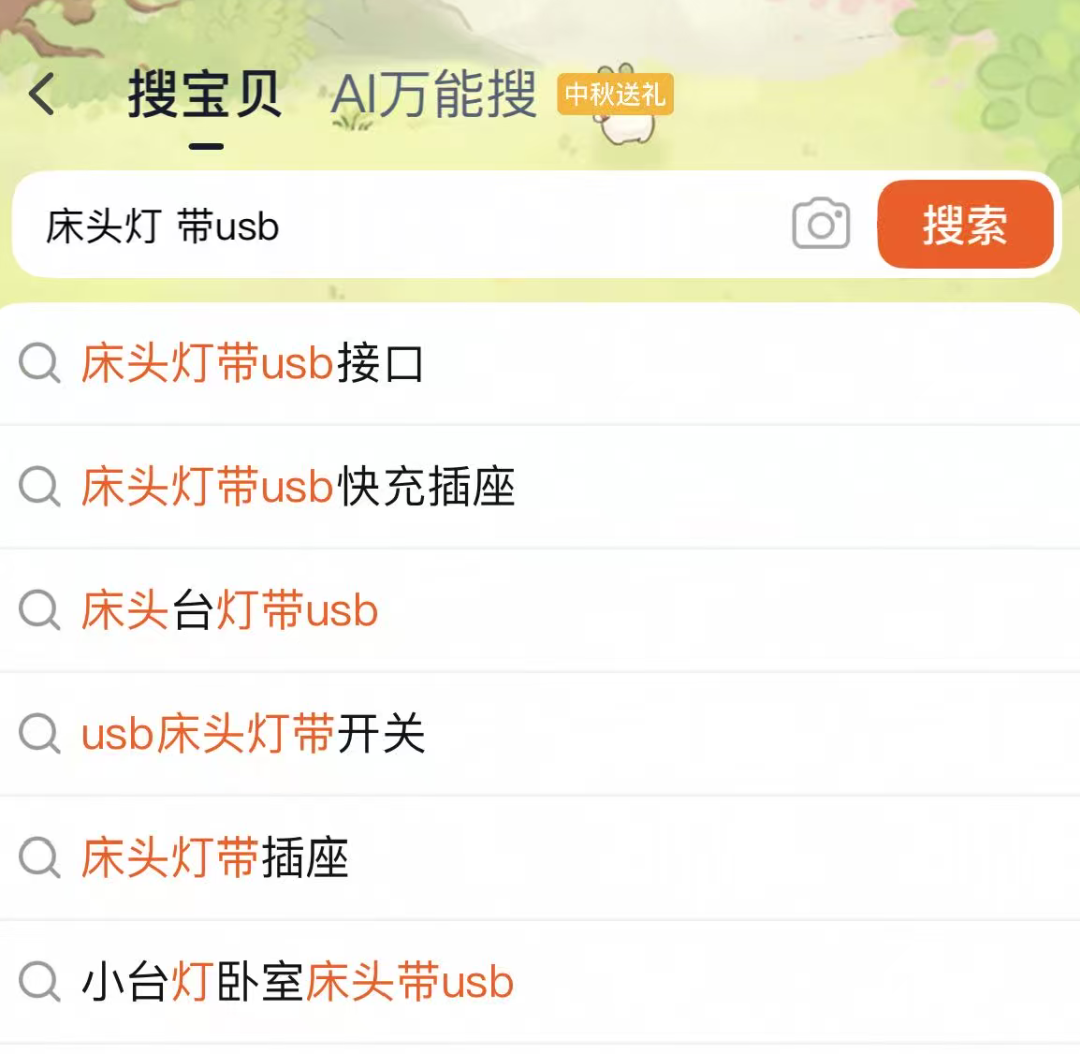
But now, AI is subvert ing (Note: This Chinese term ' subvert ing' seems to be a mix of Chinese and English; it should be 'disrupting') this logic by transforming it into 'AI finds products for you,' or even 'products find you.'
Let's look at another scenario: A user wants to buy the same 'bedside lamp that can charge a phone.' Now, they might type a sentence into 'AI Omnisearch': 'Find me a minimally designed, softly lit bedside lamp that can wirelessly charge my phone, with a budget under 200.'
Notice, this isn't a keyword; it's a complex, personalized 'instruction.'
At this point, AI doesn't just match the word 'bedside lamp.' Instead, it acts as an intelligent agent, instantly completing what used to take users half an hour:
1. Understanding Needs: It breaks down the request into multiple dimensions like 'minimalist design,' 'soft lighting,' 'wireless charging,' and '200 budget.' 2. Full Network Screening: It scans a vast array of products, eliminating those that don't meet the requirements. 3. Comparative Analysis: It compares the remaining products based on material, sales volume, user reviews, and brand reputation. 4. Generating Reports: Finally, instead of giving you a long list of products, it directly generates a 'shopping report' with 2-3 top choices, including reasons for selection and summaries of user reviews. 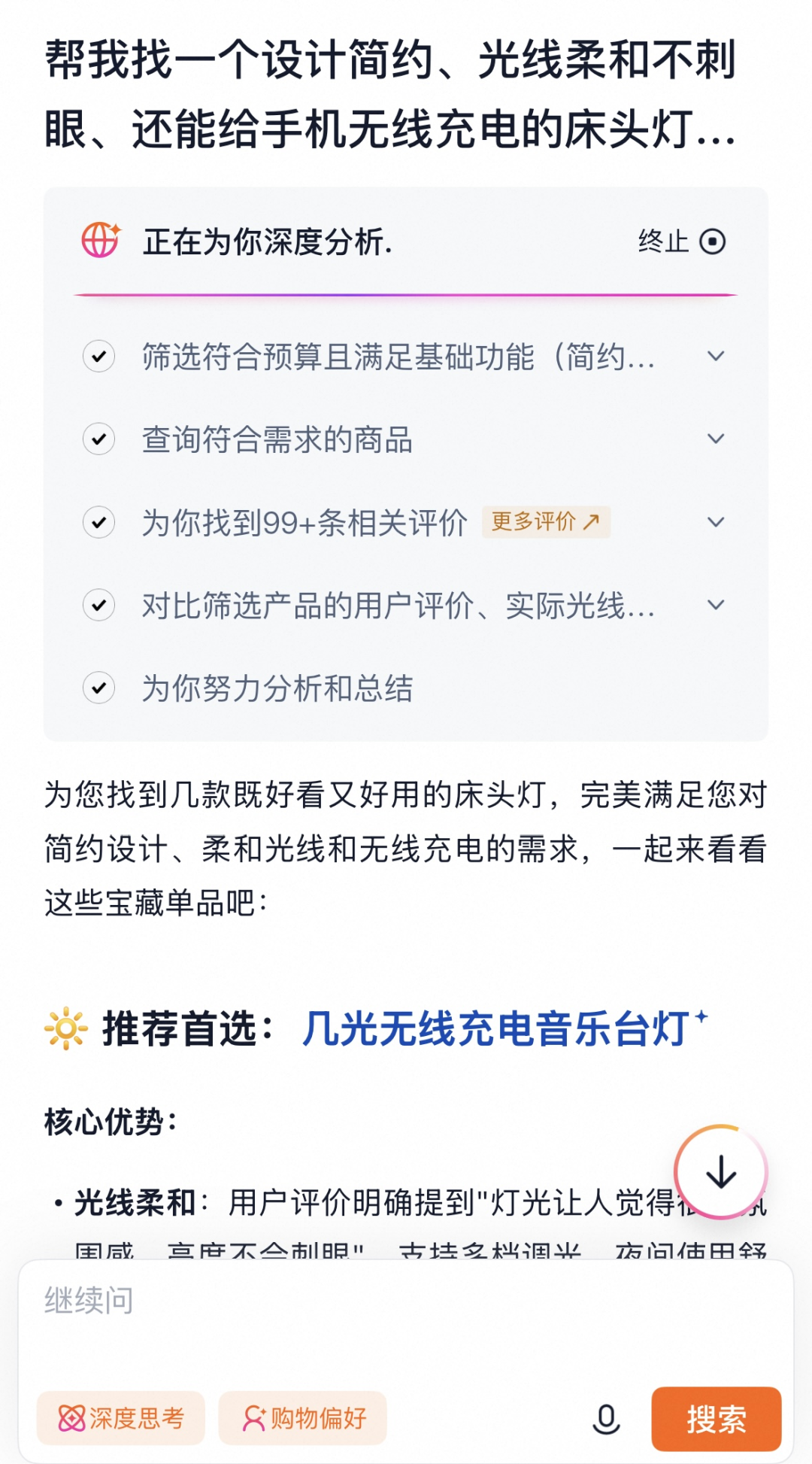
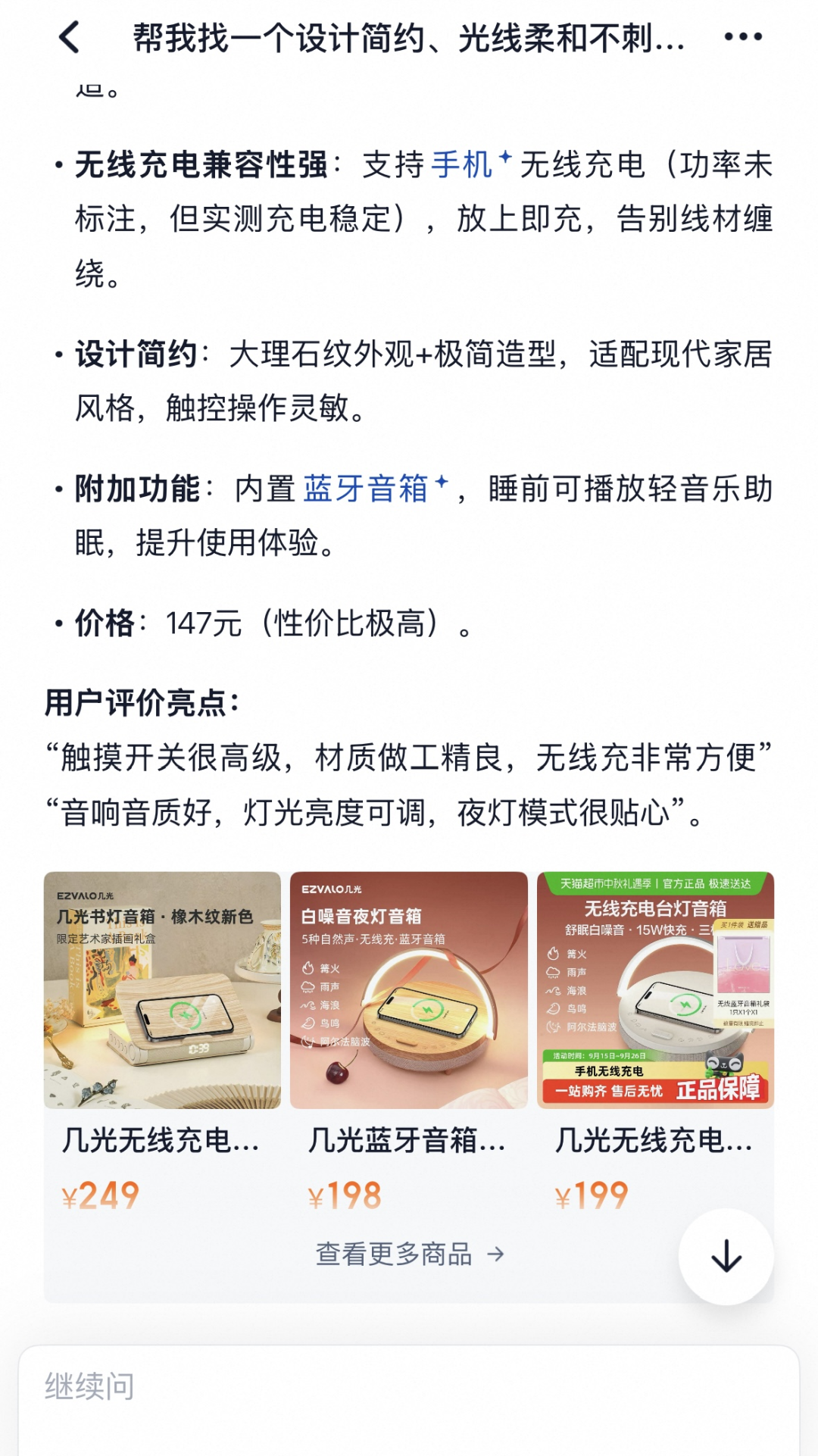
Do you see it now? In this new shopping path, the power to allocate traffic has shifted massively from 'search rankings' to 'AI recommendations.'
The impact on merchants is enormous: If your product information is incomplete, AI can't 'understand' your advantages; if your cost-effectiveness isn't outstanding, AI will filter you out when 'comparing three options.' Ultimately, no matter how well you've used direct train ads in the past, your products might not make it to the crucial 'final recommendation list,' missing out on precise users entirely.
Therefore, all merchants must Realizing soberly (Note: ' Realizing soberly ' should be translated as 'clearly recognize'): The business mindset must shift from 'how to optimize search rankings' to 'how to make AI understand and recommend my products.' This is a new race, and the starting whistle has already blown.
Three Core Strategies to Make AI 'Love' Your Products
Now that the rules have changed, merchants can't rely on old maps to find new territories. Facing an AI shopping guide driven by data and algorithms, we must cater to its preferences, making it easy for AI to 'understand' and 'approve' of our products. Here are three core strategies every merchant should optimize immediately.
Strategy 1: Become an 'AI-Friendly' Store – Let AI Understand You First
AI isn't human; it can't intuitively perception (Note: ' perception ' should be translated as 'perceive') how good your products are. It relies on the 'data feed' you provide. The richer, more accurate, and structured your product information is, the easier it is for AI to understand you and include you in the recommendation pool.
• Action Guide 1: Tag your products with 'full specs.' When listing products, don't skip the trouble; fill in all available attributes and tags in the backend. For a dress, besides the basic category 'dress,' details like 'A-line silhouette,' 'cotton-linen material,' 'V-neck design,' 'flattering for pear-shaped bodies,' and 'vacation style' are all crucial for AI's precise filtering. When a user asks for 'a vacation dress for pear-shaped bodies,' your fully informed product will be prioritized by AI. • Action Guide 2: Write titles and descriptions in 'human language.' Abandon keyword stuffing that only search engines understand. Try describing your products in a more natural, scenario-based way. For example, upgrade 'mop, free shipping, household' to 'Lazy person's must-have: hands-free flat mop, one-swipe clean, perfect for corner dust, dry and wet use.' Such descriptions directly address user pain points and needs, making them more likely to be recognized by AI as 'high-quality solutions.'

Strategy 2: Build 'AI-Approved' Hard Power – Win in 'Comparing Three Options'
A core task of AI shopping guides is to 'compare three options' for users, finding the best value choice. Therefore, the core competitiveness and clear value positioning of your products become more important than ever.
• Action Guide 1: Clearly define your 'cost-effectiveness.' If you focus on ultra-low prices, ensure AI can clearly perceive your price advantage while maintaining basic quality. If you're not the cheapest, you must give AI a reason for the 'premium.' This could be 'using higher-cost S925 silver material,' 'offering a three-year replacement-only warranty,' or 'winning the German Red Dot Design Award.' Clearly state these unique value points in your titles, descriptions, and attributes, so AI can justify your higher price during comparisons. • Action Guide 2: Treat 'user reputation' as your lifeline. When making recommendations, AI instinctively avoids risks, eliminating products with many negative reviews or low ratings. 'Positive review rate,' genuine answers to 'Ask Everyone,' and the quality of buyer showcases are all hard indicators AI uses to judge product credibility. Actively guide users to produce high-quality reviews and efficiently handle negative feedback to secure your spot in AI's recommendation pool.

Strategy 3: Embrace 'AI Operation' Tools – Let AI Work for You
While Taobao equips consumers with AI, it also provides merchants with powerful AI operation tools. Leveraging these tools can give you an edge in efficiency and precision over competitors.
• Action Guide: Actively try official AI tools. Tools like 'Business Assistant' can help merchants generate marketing copy with one click, intelligently remove image backgrounds, and analyze store data. Advertising tools like 'Wanxiangtai AI Boundless' can replace manual efforts, more precisely targeting potential customers and improving your ad ROI. For small and medium-sized merchants lacking professional operation and design teams, this is like having a 7x24 'AI Operation Director' online, significantly reducing costs and increasing efficiency.
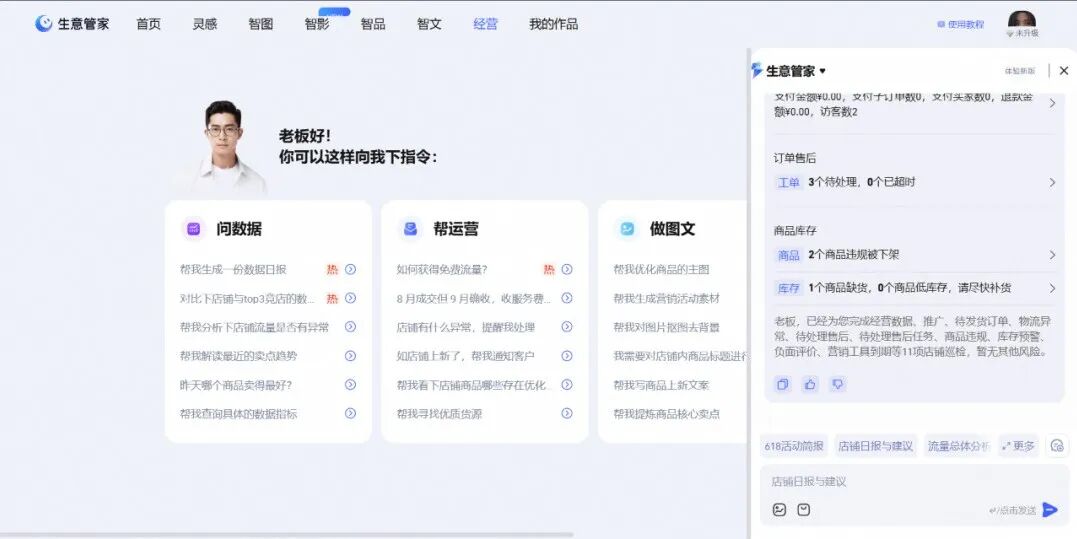
Looking Ahead – Finding Growth in the New Ecosystem
If optimizing products is 'defense,' then proactively seeking traffic growth in the new ecosystem built by AI is the start of merchants' 'offense.'
The rise of AI is propelling Taobao rapidly toward 'contentization' and 'scenarization.' Users no longer just search for products; they seek lifestyle inspiration like 'what to prepare for a weekend camping trip' or 'autumn-winter Maillard style outfits.' Your content is the best material for AI to organize such 'inspiration.'
First, make your products 'come alive.'
Actively engage in live streaming and short videos, showcasing products in dynamic, real-life scenarios. A 15-second demo video of a cleaning tool is far more persuasive than ten static images. Such content not only directly drives conversions but also gets captured by AI. When other users have similar needs, your content might be referenced and recommended by AI, bringing unexpected precise traffic.

Second, pay attention to new opportunities in 'instant retail.'
Taobao is bridging online and offline. When a user searches via AI for 'what to eat to sober up,' the recommendation might no longer be a package requiring three-day delivery but a product from your store that can be delivered in 30 minutes. For merchants with physical stores or front-end warehouses, this is a vast blue ocean. Offering 'hourly delivery' services can make you a top recommendation when AI provides 'instant solutions.'
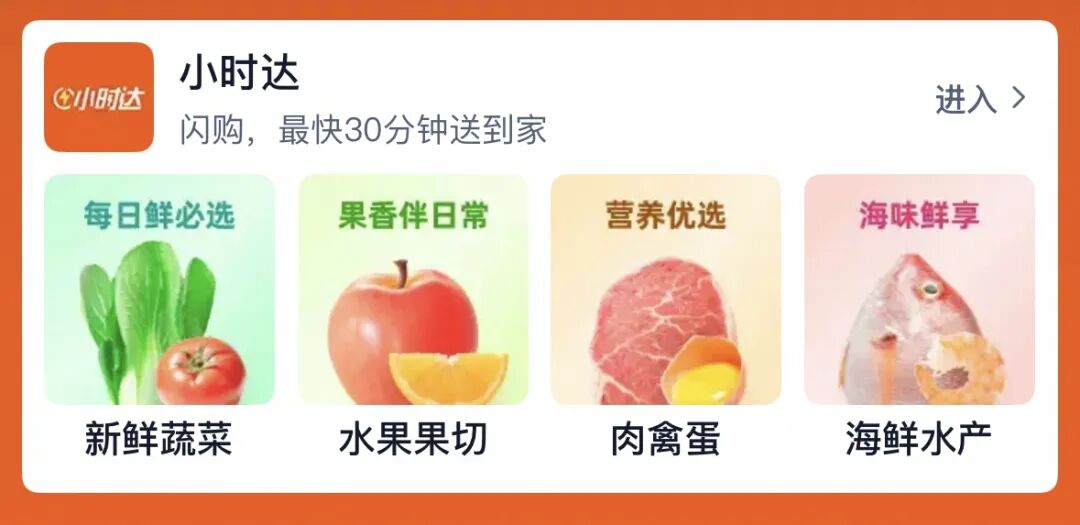
The future of e-commerce competition is multi-dimensional. Merchants must excel internally while leveraging content and new scenarios to seize every possible traffic entry point in the new commercial landscape built by AI.
In conclusion, Taobao's AI transformation isn't a 'tech storm' aimed at eliminating anyone but a 'value return' that pushes all merchants to refocus on business fundamentals.
It diminishes the weight of 'traffic operation,' bringing the core of business back to: Can you provide truly high-quality products? Can you clearly convey the core value of your products? Can you sincerely serve every user?
AI acts like a tireless, absolutely fair 'gold-medal shopping guide,' striving to match great products with the right consumers. For merchants who genuinely focus on products and operations, this is undoubtedly the best era.
So, bid farewell to traffic anxiety and take action now! Start by optimizing every product tag, refine every product description, and proactively embrace change. You can become one of the first winners to reap the benefits of AI.









